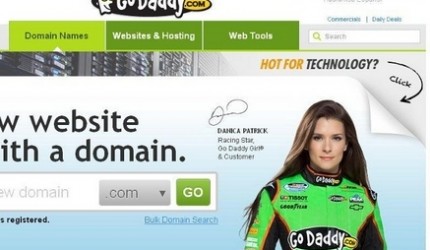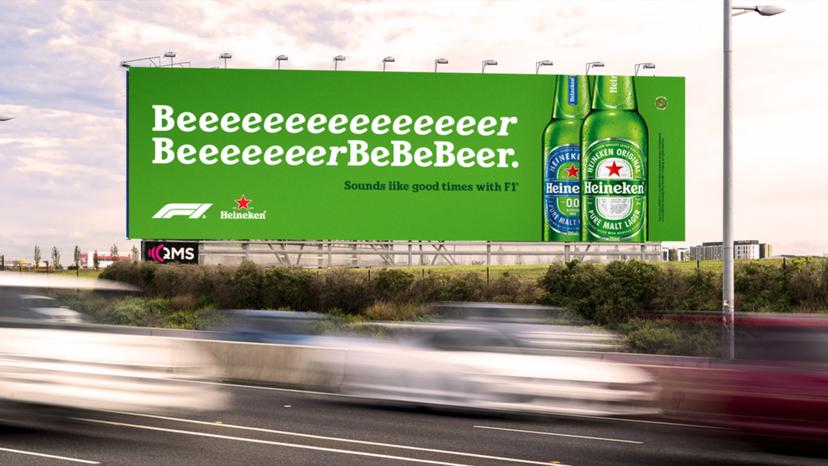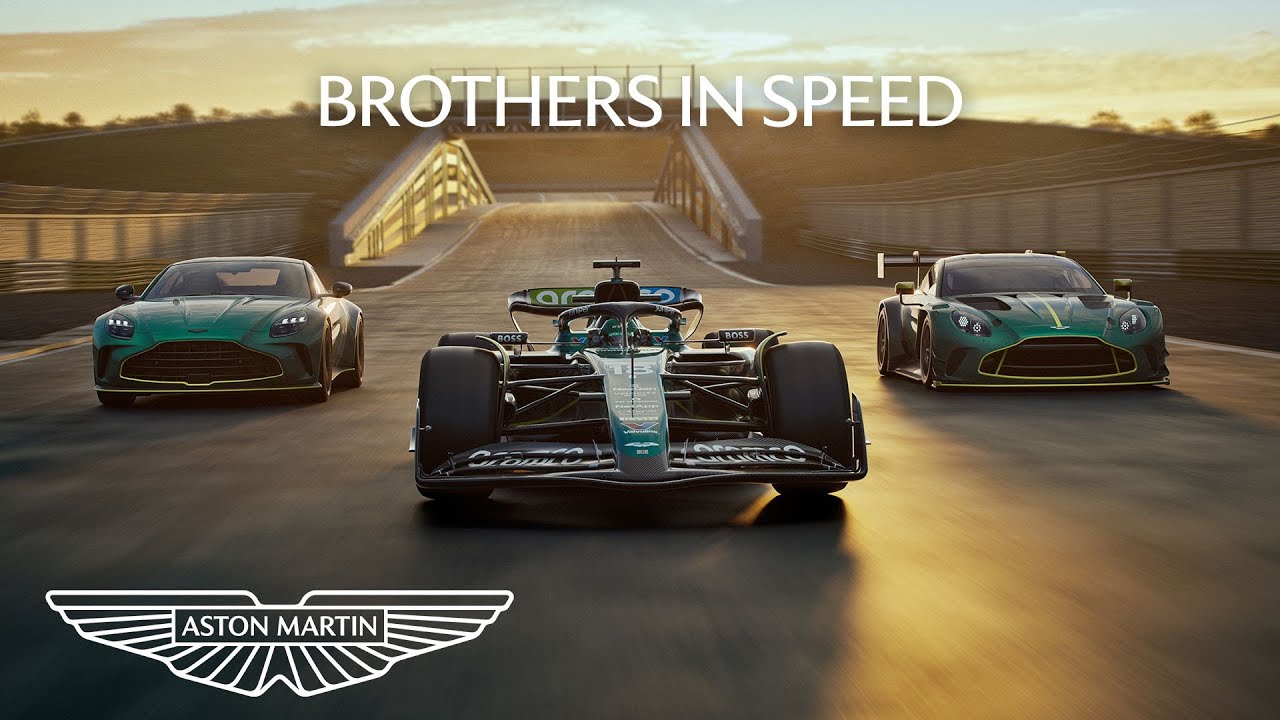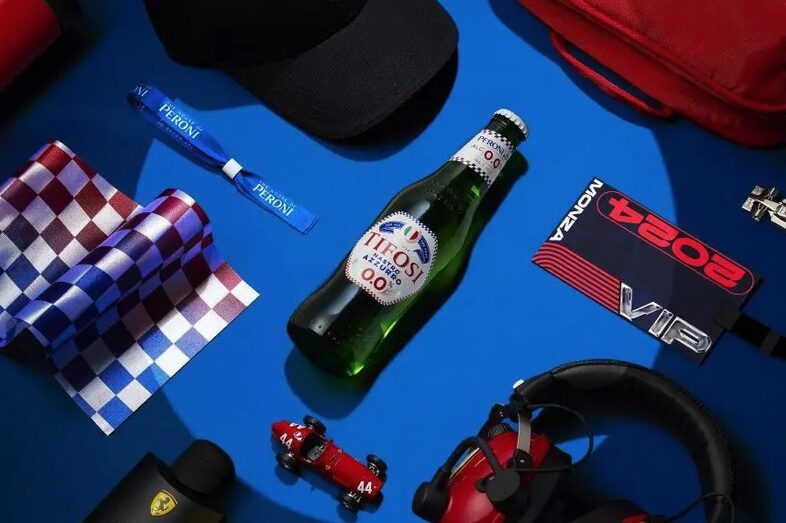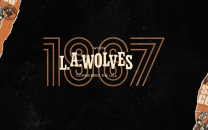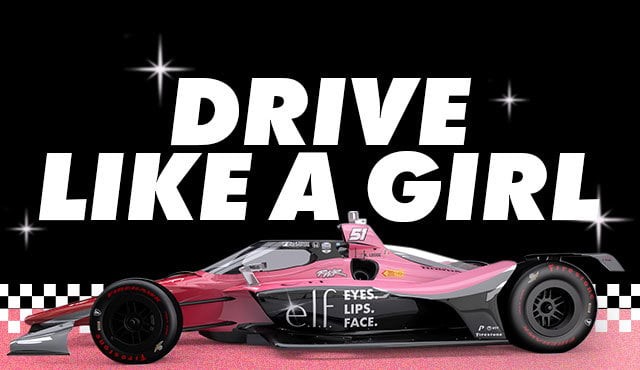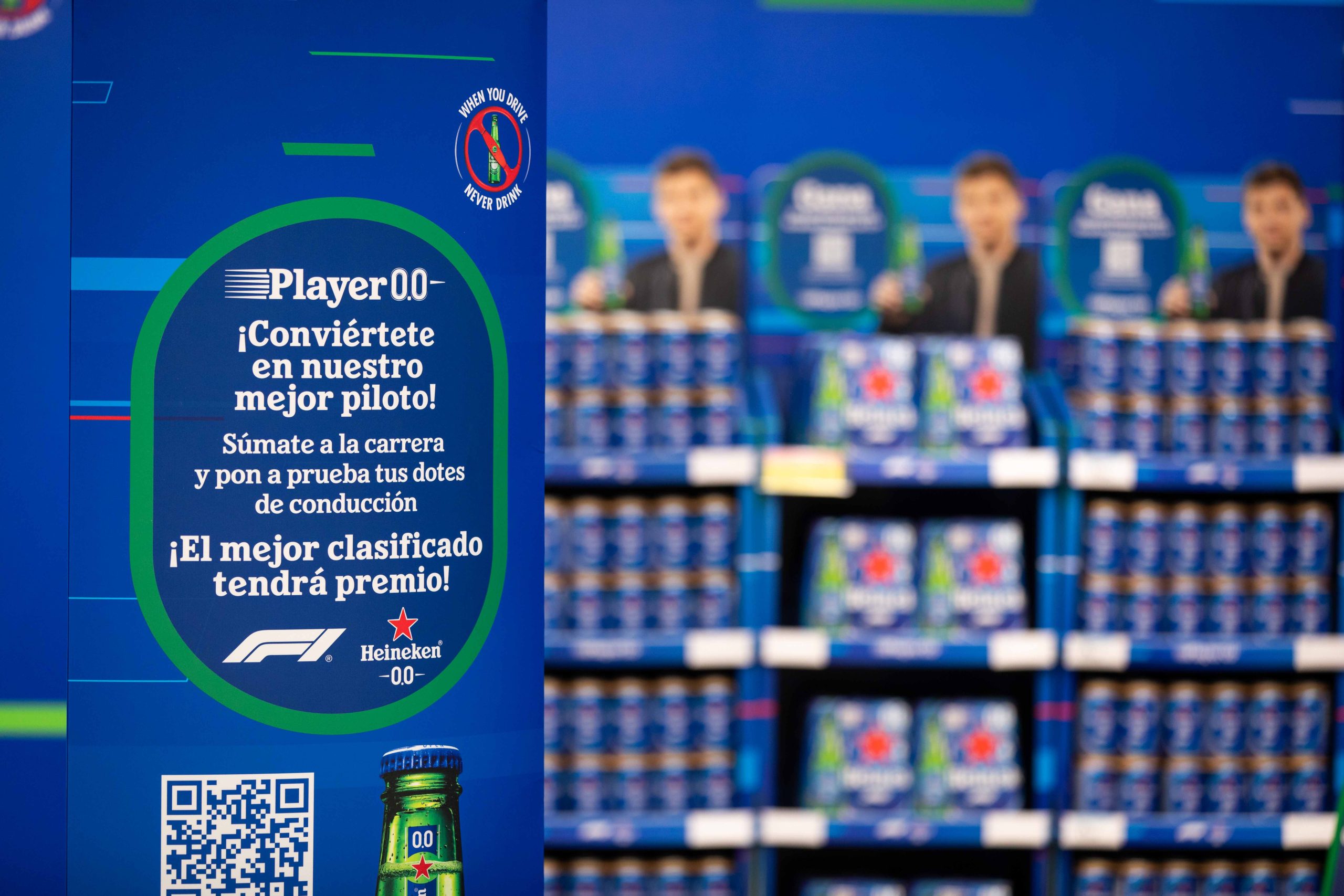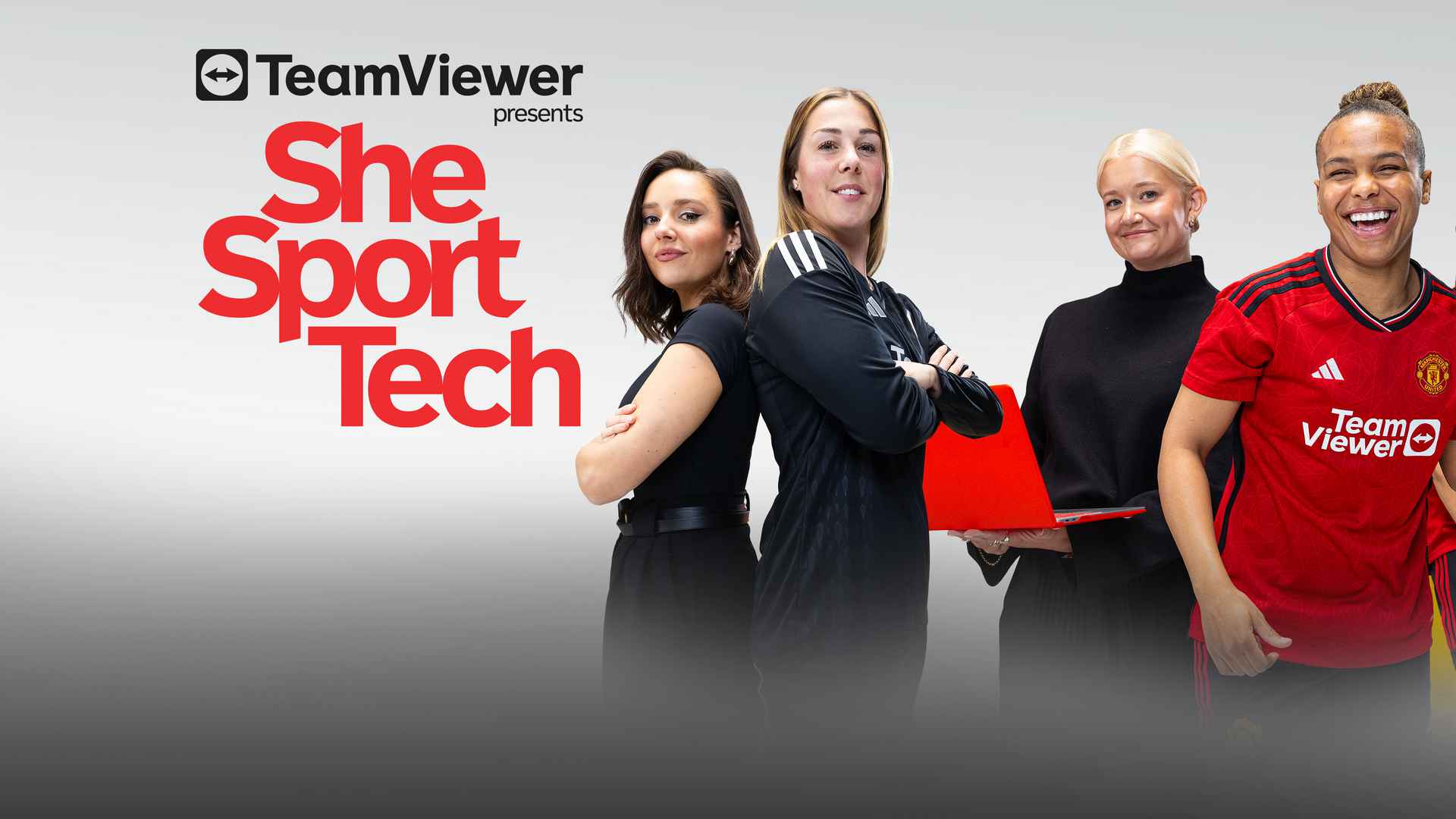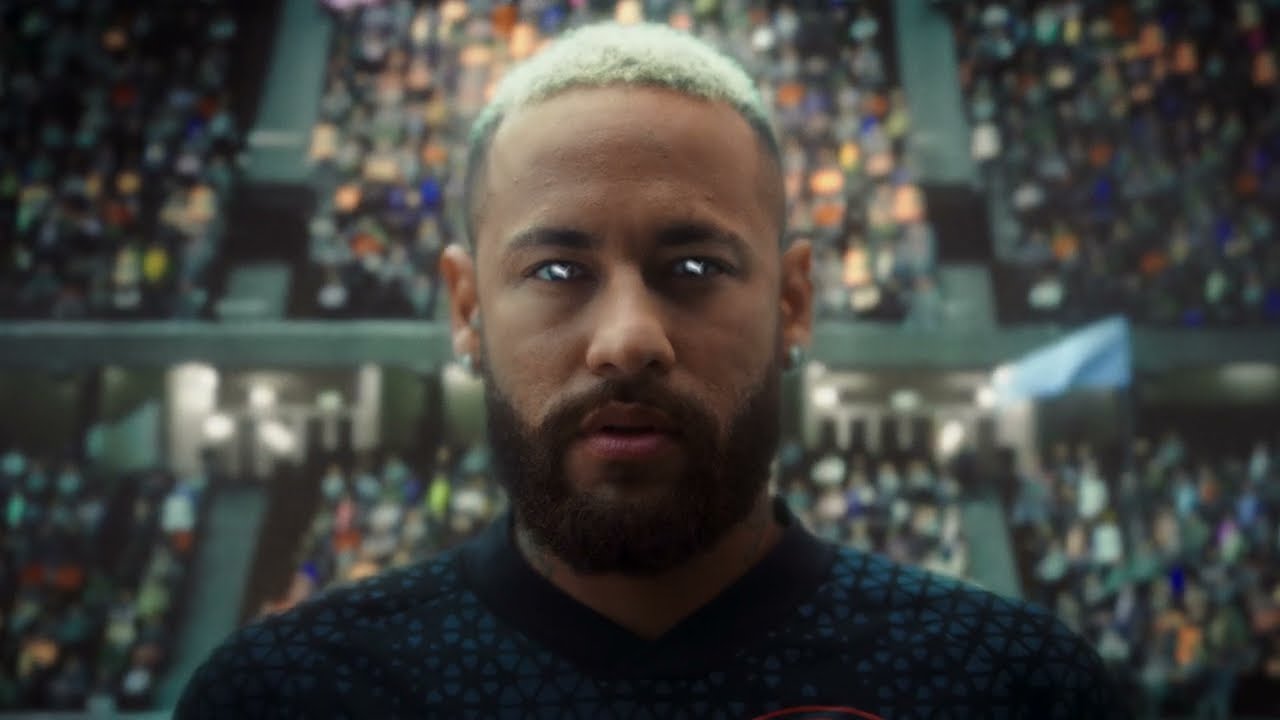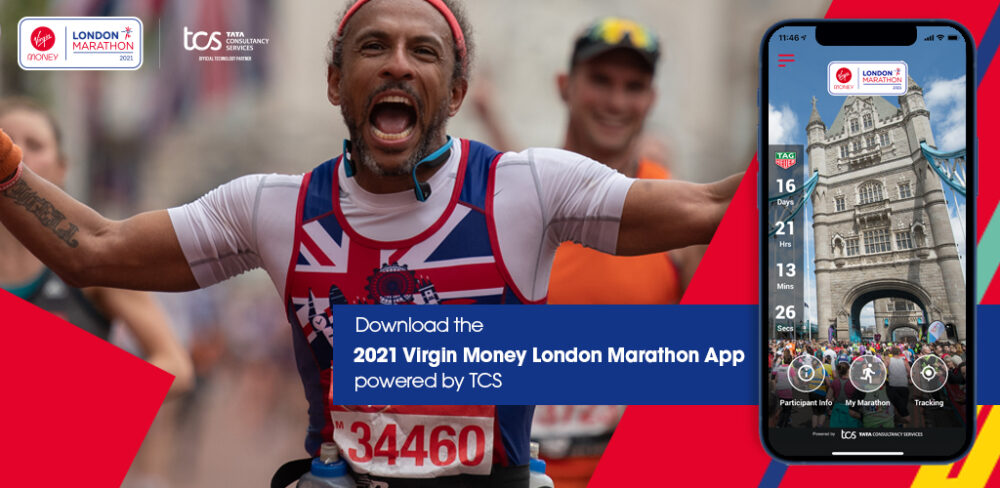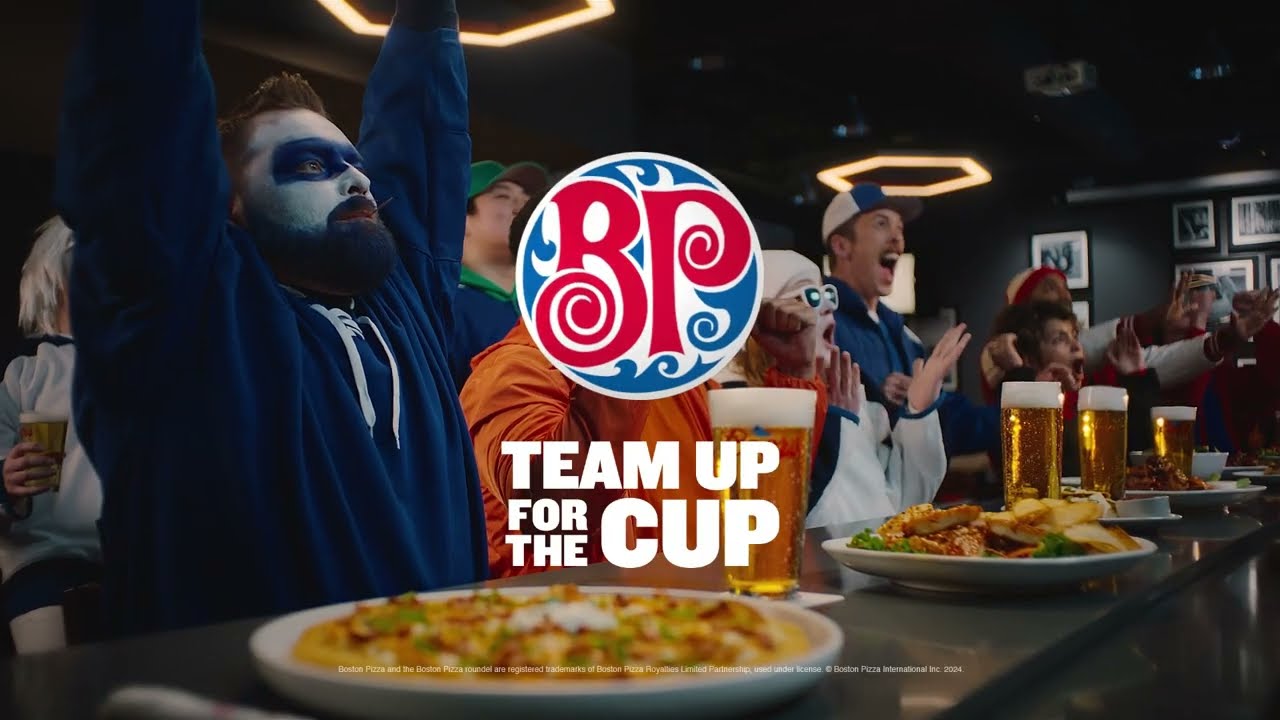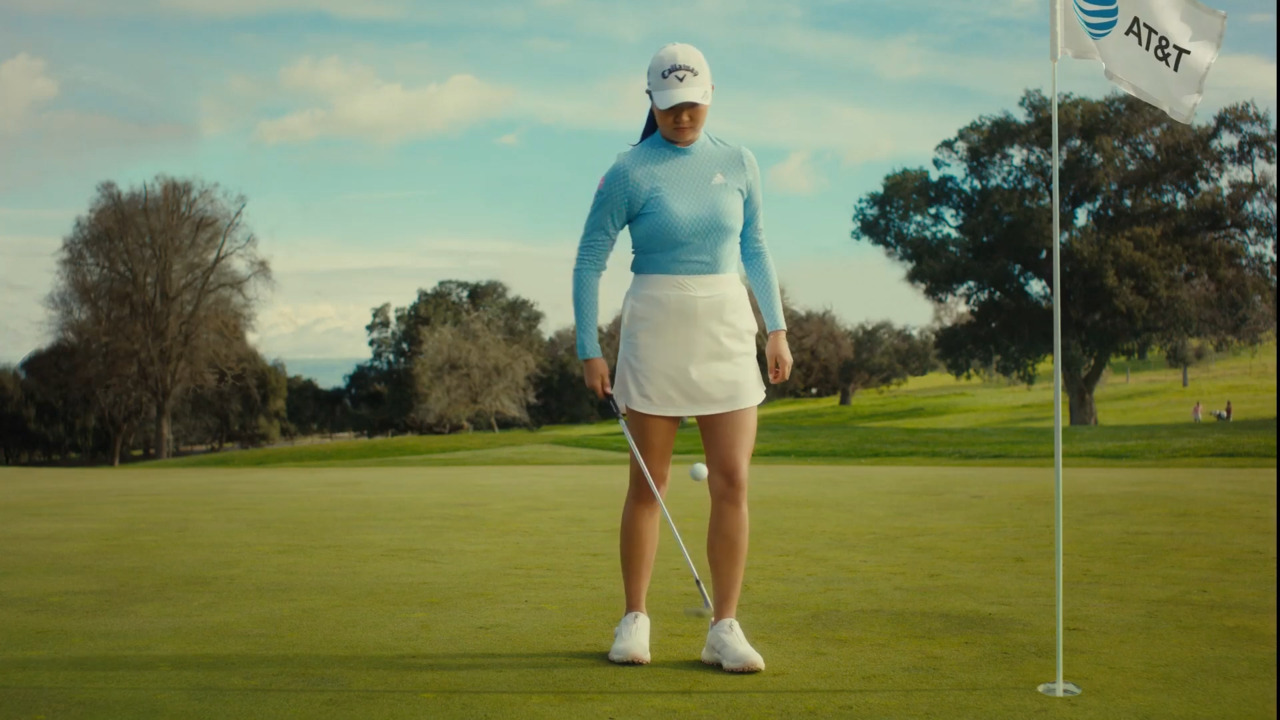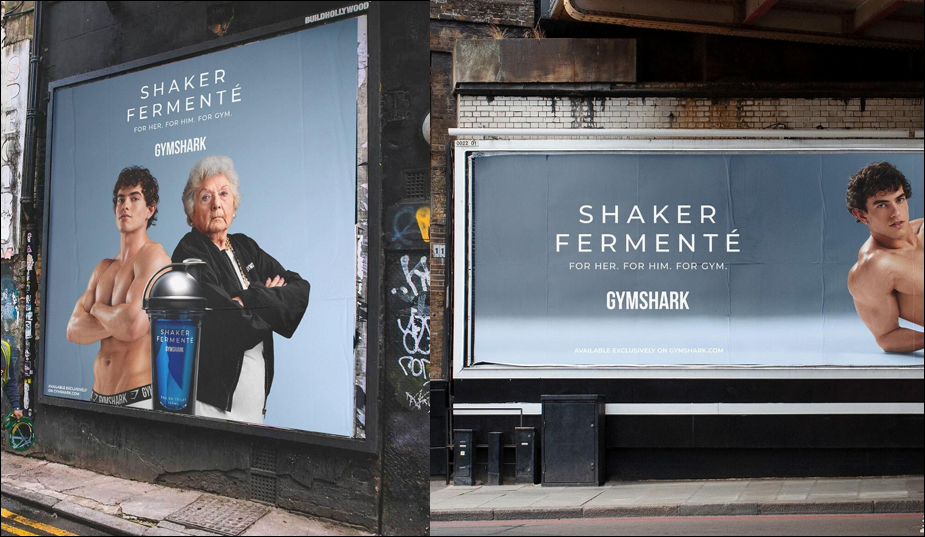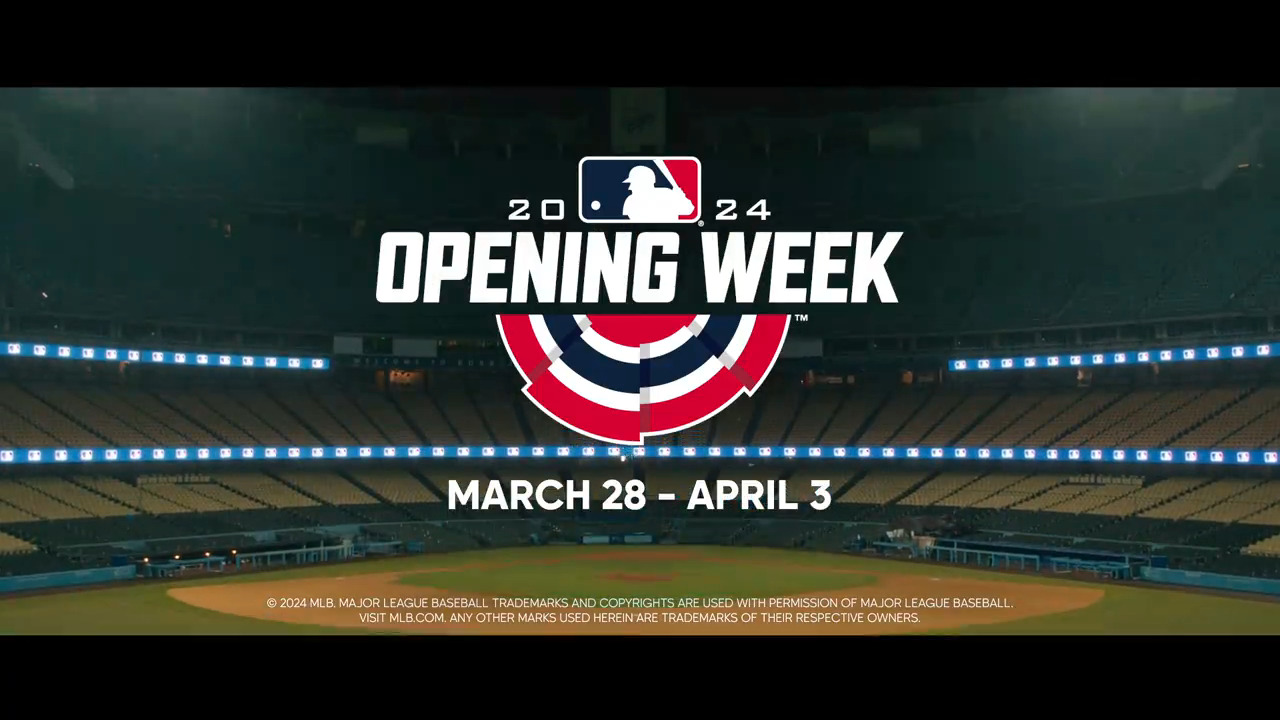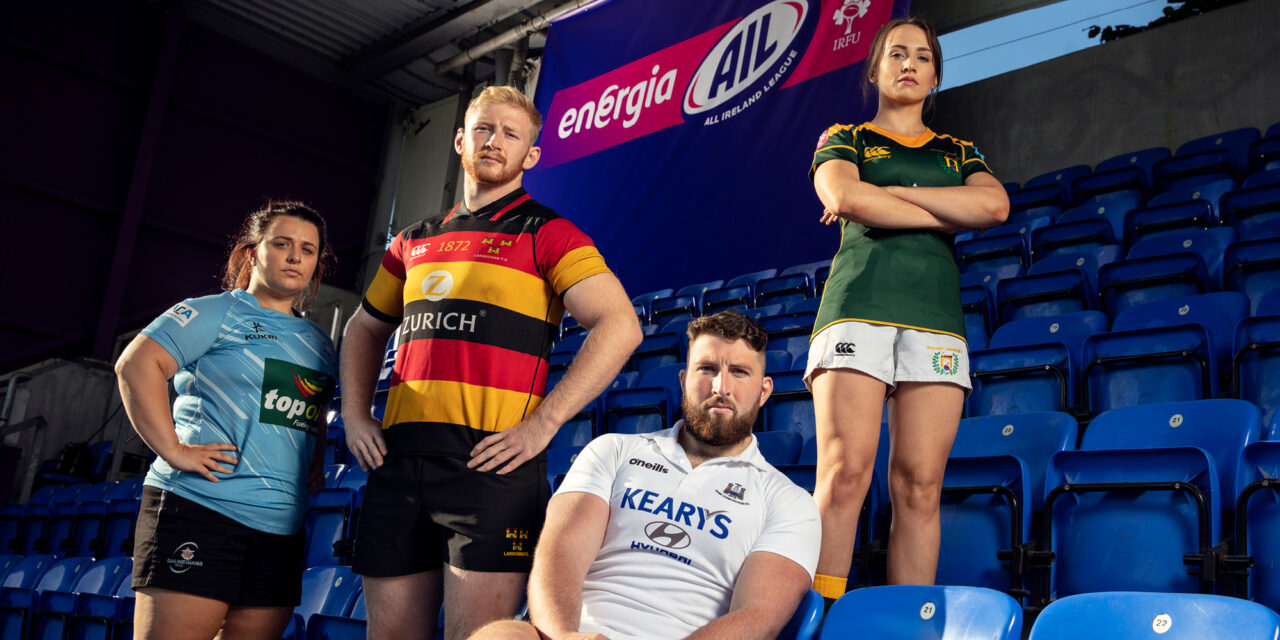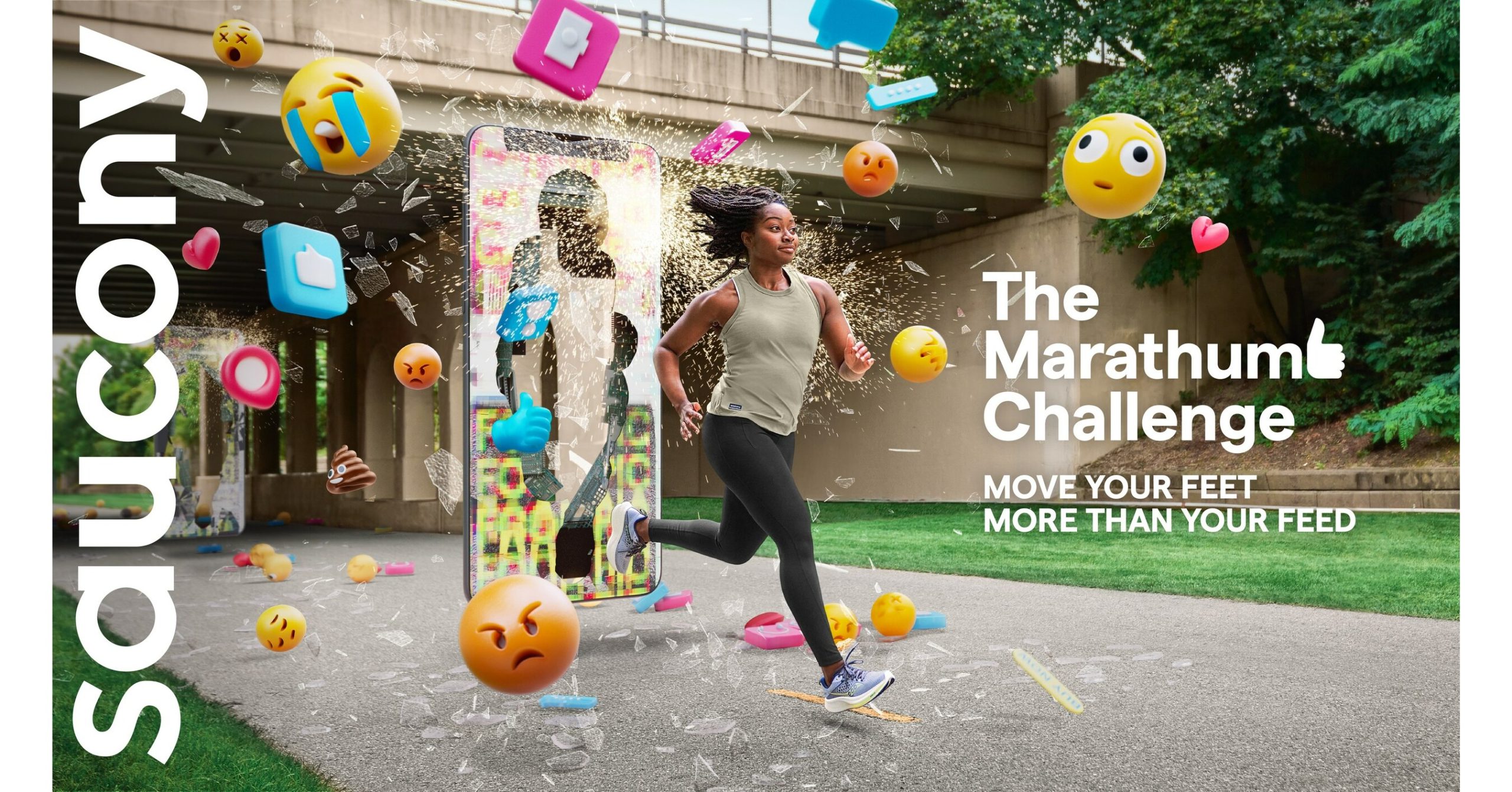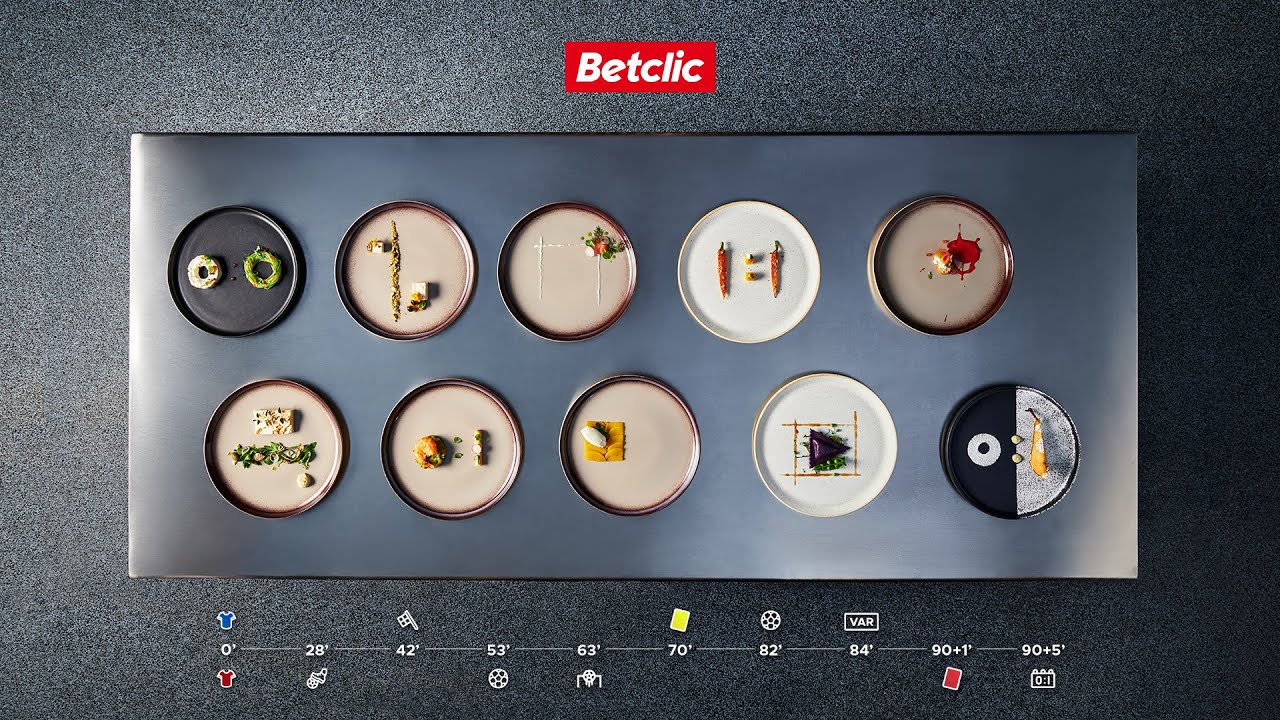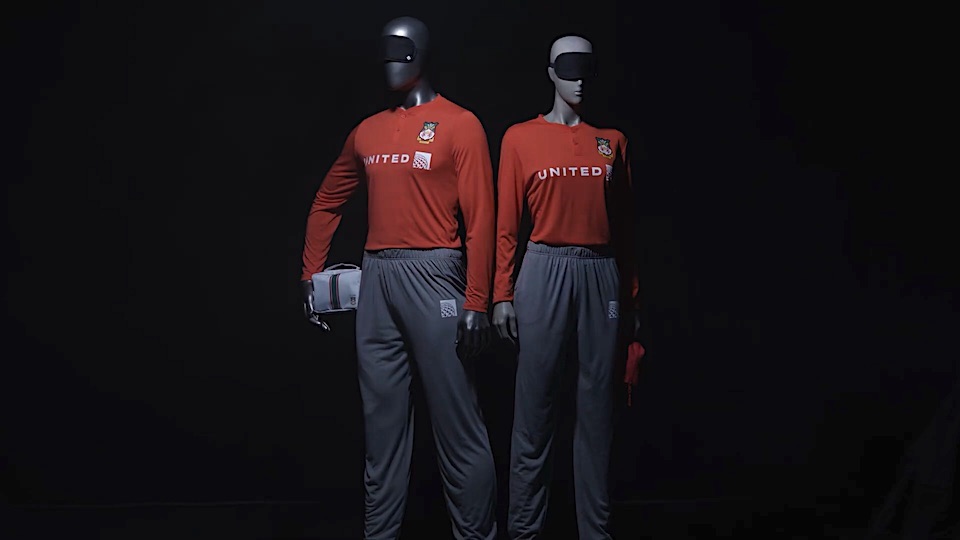Jimmie Johnson may have won the Daytona 500, but it was Danica Patrick and her long-time sponsor Go Daddy who finished first in the social media race.
Patrick, the most followed NASCAR driver with 771,000 followers (up 50,000 after race weekend), tweeted throughout the build up to event – as did several of her backers, most notably Go Daddy.
Many of the tweets mixed race action and driver/fan reaction with the 2013 marketing mantra for the Go Daddy / Danica partnership which is all about ‘Driving Results’ – both on the track and on the web.
Go Daddy also used traditional PR and social media to drive traffic to its website where it kept fans updated with exclusive behind-the-scenes information and insider views on Danica and her team’s progress at Daytona. Interestingly, the brand puts much of this content on its home page rather than in some spate sponsor silo area.
This online placement becomes even more important to the brand when you consider that the majority of Go daddy’s business is actually transitionally driven from its home page.
Go Daddy also used social media to both congratulate Danica on her pole winning performance and to spread money off online coupon codes for new purchases and renewals.
While Patrick may have finished the big race in eighth spot, but since she qualifying pole position on 17 February, the domain register and web hoster (as well as NASCAR itself) saw a positive rise in business.
According to Go Daddy, the day after Patrick took the Sprint Cup pole the company measured a 32% percent rise in traffic to the GoDaddy.com website (over typical ‘Monday in February’ traffic).
Go Daddy saw a significant rise in social media mentions that day. It tracked 230,000 Go Daddy and @DanicaPatrick impressions on Twitter alone, compared to an average of 30 mentions (which the company says is ‘normal’ for this time of the year).
During the race itself Go Daddy racked up more than 1,300 social media mentions associated with Patrick.
Domain name and hosting giant Go Daddy not only used the sport’s leading female driver as its brand spokesperson and features her in many of its commercials (including receent Super Bowl spots),
but it also sponsors her No 10 GoDaddy.com Chevrolet (under the Stewart-Haas Racing umbrella).
Other aspects of the brand’s activation saw the Go Daddy marketing team help design her No 10 GoDaddy.com car.
Go Daddy, which backed the driver in both IndyCar and NASCAR (a switch which the brand used as a central marketing theme last year),
claims that it was principally attracted to Patrick as an endorser by her ability to break new ground and make history.
‘Go Daddy executive chairman and founder Bob Parsons was watching the Indy 500 when Danica Patrick became the first woman to lead for 19 laps in 2005. Bob was immediately drawn to Danica. He slipped me a note about how we needed to sign her as a spokeswoman for Go Daddy, and the rest, as they say, is history,’ recalls Go Daddy’s chief marketing officer, Barb Rechterman,
‘People think of Danica as a driver, but she’s an entrepreneur as well. She’s building a brand, she’s leveraging the internet to accelerate her brand building. That’s very much what our customers are looking to do at Go Daddy–build their brand and grow their customer base,’ Rechterman said.
In fact, Go Daddy has an interesting female ambassador line-up that also includes professional poker player Vanessa Rousso and golfer Anna Rawson. All three of them can be seen as women breaking barriers in traditionally male-dominated worlds.
‘To watch Danica’s story unfold at such a high-profile venue like the Daytona 500 has been inspirational, not just for women, but for anyone with a dream to compete at the highest level,’ said Blake Irving, Go Daddy CEO. ‘When Danica took the pole Sunday, it represented another barrier being broken and another door being opened – and that makes us incredibly proud’
Irving himself is a dedicated proponent for women in male-dominated fields, having been involved with the Society of Women Engineers and the Grace Hopper Celebration of Women in Computing for years.
In addition to Go Daddy (her main individual sponsor and her race team’s title sponsor), Patrick is also a personal ambassador for a further 15 brands (in addition to those that back her race team).
These include race-relevant companies such as Alpinestars and Schuberth, to beauty brands like OPI Nail Lacquer and fashion labels including Justin Timberlake’s William Rast.
She is a very familiar face in US commercials – see Nationwide case study.
Comment
Indeed, since she signed with IMG and moved from IndyCar to NASCAR, Patrick has become athletes that, according to Nielsen, 40% of US consumers are aware of. That puts her ahead of other superstar US athletes such as Alex Rodriguez and Aaron Rodgers.
Patrick’s unique status and stellar success have seen a slew of sponsors back her in a bid to open up doors in demographic groups and regions that other sports stars simply can’t.
And since Patrick’s historic pole position, she was the first woman to ever qualify in top spot for the race, drove huge unearned media coverage and consumer social media comment for NASCAR in general and for her own sponsors in particular.
NASCAR itself goes flat out in the use of its highest profile race, the Daytona 500, to promote its own brand and series with the most comprehensive and integrated marketing campaign that the rights owner has ever run.
Spearheaded by TV work, NASCAR itself unveiled no less than nine original ads during Sunday’s race.
The spots, which all ran in both English and Spanish on the broadcaster rights holder Fox and Fox Deportes channels, aim to bring the excitement of NASCAR to life by focusing on the unpredictability and the drama of stock-car racing both on and off the track.
‘The campaign was created to excite existing fans while engaging with new audiences, and is representative of where NASCAR is headed as a sport,’ explains Kim Brink, NASCAR’s vice president of marketing. ‘In developing the spots, we wanted to celebrate the heart of what makes our sport unique, challenge existing perceptions, inspire the entire industry and do it all as authentically and confidently as possible.’
It is not surprising that NASCAR itself has been making the most out of this year’s race and out of Patrick’s success in particular. After all, NASCAR has enjoyed a boost in viewership numbers since Patrick joined its circuit.
In 2012, the first year she competed full-time in the Nationwide series, NASCAR enjoyed a 1% increase in viewers, while thus far the 2012/13 has already become NASCAR’s most-viewed season since 2008.
Last October, NASCAR and Fox inked a new, eight-year $2.4 billion deal that begins in 2014 and is 36% higher than the previous deal.
Obviously viewer numbers can’t be solely attributed to a single driver’s involvement, but after several faltering year’s her arrival and something of a NASCAR renaissance is no coincidence.
According to Nielsen, the 12 NASCAR Nationwide Series races she participated in 2011 had 17% higher viewership than the ones she didn’t race in.
Furthermore, since Patrick became the first woman to win pole position at the Daytona 500, track owner/operator International Speedway Corporation (ISCA)’s stock jumped 2% (in a market that declined overall).
Brand ambassadors who can demonstrably raise share prices – a sponsorship manager’s dream.
Links
Gop Daddy Website
Go Daddy Facebook
https://www.facebook.com/GoDaddy
Go Daddy Twitter
Danica Patrick Twitter
@DanicaPatrick
Stewart-Haas Racing

